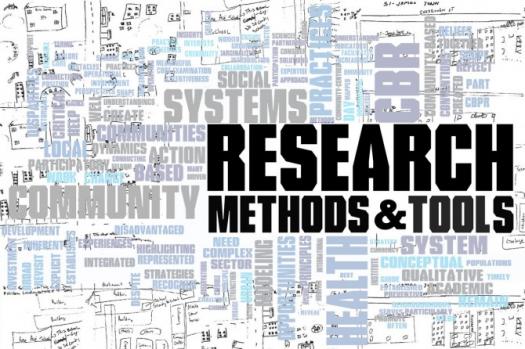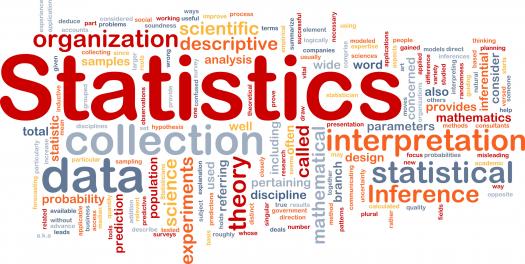What Do You Know About Educational Research Process Cycle?

The Educational Research Process Cycle is a defined cycle process of research for educational and academic uses. Take this shirt quiz to find out more.
- 1.
An action inquiry process has one of the following characteristics.
- A.
Literature
- B.
Polishing
- C.
Absolute
- D.
Declining
Correct Answer
A. LiteratureExplanation
The given question is asking for a characteristic of an action inquiry process. Out of the four options provided, "Literature" is the only one that can be a characteristic of an action inquiry process. This suggests that an action inquiry process involves the use of literature, such as books, articles, or research papers, to gather information and insights. The other options, "Polishing," "Absolute," and "Declining," do not relate to the concept of an action inquiry process.Rate this question:
-
- 2.
A major step in research process is...
- A.
Rejection
- B.
Data collection
- C.
Tabulating
- D.
Removal
Correct Answer
A. RejectionExplanation
The correct answer is "Rejection". In the research process, rejection refers to the process of eliminating or excluding certain data or information that does not meet the criteria or standards set for the study. This step is important as it helps in ensuring the validity and reliability of the research findings by removing any irrelevant or unreliable data. Rejection allows researchers to focus on collecting and analyzing data that is relevant and aligns with the research objectives, leading to more accurate and meaningful results.Rate this question:
-
- 3.
A method of data collection is...
- A.
Case study
- B.
Writing
- C.
Development
- D.
Summary
Correct Answer
A. Case studyExplanation
A case study is a method of data collection that involves in-depth analysis and examination of a specific individual, group, or situation. It aims to gather detailed information and insights by using various data collection techniques such as interviews, observations, and document analysis. This method allows researchers to explore complex phenomena and understand the context and dynamics surrounding them. By studying real-life cases, researchers can gain a deeper understanding of specific issues and generate rich and detailed data for analysis.Rate this question:
-
- 4.
Which of the following is a type of research method?
- A.
Defective
- B.
Descriptive
- C.
Apposition
- D.
Latent
Correct Answer
B. DescriptiveExplanation
Descriptive research is a type of research method that aims to describe and explain the characteristics of a particular phenomenon or group. It involves observing, recording, and analyzing data without manipulating any variables. This type of research is often used to gain a better understanding of a subject or to provide a detailed description of a specific situation or group. It is commonly used in social sciences, psychology, and market research.Rate this question:
-
- 5.
The type of research that is statistics based is termed...
- A.
Analytical
- B.
Data collection
- C.
Quantitative
- D.
Graphical
Correct Answer
C. QuantitativeExplanation
Quantitative research is a type of research that involves the collection and analysis of numerical data. It focuses on objective measurements and statistical analysis to understand and explain phenomena. This type of research is statistics-based because it relies on statistical techniques and methods to analyze the data and draw conclusions. It aims to quantify and generalize findings, making it suitable for studying large populations and making predictions.Rate this question:
-
- 6.
Which of the following is an ethic of research?
- A.
Obtaining informed consent
- B.
Analysing samples data
- C.
Optimizing research tools
- D.
Calculating resource result
Correct Answer
A. Obtaining informed consentExplanation
Obtaining informed consent is an ethic of research because it ensures that participants in a study are fully aware of the purpose, procedures, and potential risks or benefits of the research before they agree to participate. Informed consent promotes ethical principles such as respect for autonomy, confidentiality, and the protection of participants' rights and welfare. It allows individuals to make an informed decision about whether they want to participate in a study, based on their understanding of the research and its implications.Rate this question:
-
- 7.
A method of data collection in research process is...
- A.
Scaling
- B.
Analysis
- C.
Observation
- D.
Sampling
Correct Answer
C. ObservationExplanation
Observation is a method of data collection in the research process where researchers gather information by directly observing and recording the behavior or characteristics of individuals, events, or phenomena. It involves systematically watching and documenting what is happening without any manipulation or intervention. Observations can be conducted in a natural setting or a controlled environment, and can be either structured (following a predetermined plan) or unstructured (allowing for flexibility and spontaneity). This method allows researchers to gather first-hand information and gain insights into real-life situations, behaviors, and interactions.Rate this question:
-
- 8.
A type of qualitative research method is...
- A.
Casting
- B.
Ethnography
- C.
Building
- D.
Sampling
Correct Answer
B. EthnograpHyExplanation
Ethnography is a type of qualitative research method that involves studying and observing a particular group or culture in their natural setting. It aims to understand the behaviors, beliefs, and social interactions of the group being studied. Ethnographers immerse themselves in the community, often living among the participants, to gain an in-depth understanding of their experiences and perspectives. This method allows researchers to gather rich and detailed data, providing insights into the cultural context and social dynamics of the group under investigation.Rate this question:
-
- 9.
The overall strategy used to integrate to different components of study in a logical way is called...
- A.
Research design
- B.
Collection
- C.
Data samping
- D.
Analysis
Correct Answer
A. Research designExplanation
Research design refers to the overall plan or strategy used to integrate different components of a study in a logical and systematic way. It involves making decisions about the research methods, data collection techniques, and data analysis procedures that will be used to address the research questions or objectives. The research design helps ensure that the study is well-organized, coherent, and capable of producing reliable and valid results. It provides a framework for researchers to structure their study and make informed choices about how to best gather and analyze data.Rate this question:
-
- 10.
The study of individual units from a population is termed...
- A.
Scaling
- B.
Methodology
- C.
Grading
- D.
Mapping
Correct Answer
B. MethodologyExplanation
The study of individual units from a population is termed methodology. Methodology refers to the systematic approach or set of methods used to conduct research or study a particular subject. In this context, it would involve the specific methods and techniques used to study individual units within a population, such as sampling techniques, data collection methods, and data analysis procedures. Scaling, grading, and mapping are not specifically related to studying individual units from a population.Rate this question:
-
Quiz Review Timeline +
Our quizzes are rigorously reviewed, monitored and continuously updated by our expert board to maintain accuracy, relevance, and timeliness.
-
Current Version
-
Mar 20, 2023Quiz Edited by
ProProfs Editorial Team -
Jan 22, 2018Quiz Created by
Cripstwick
 Back to top
Back to top












